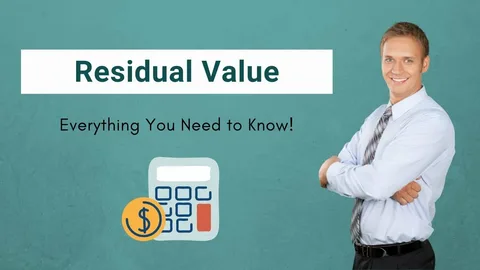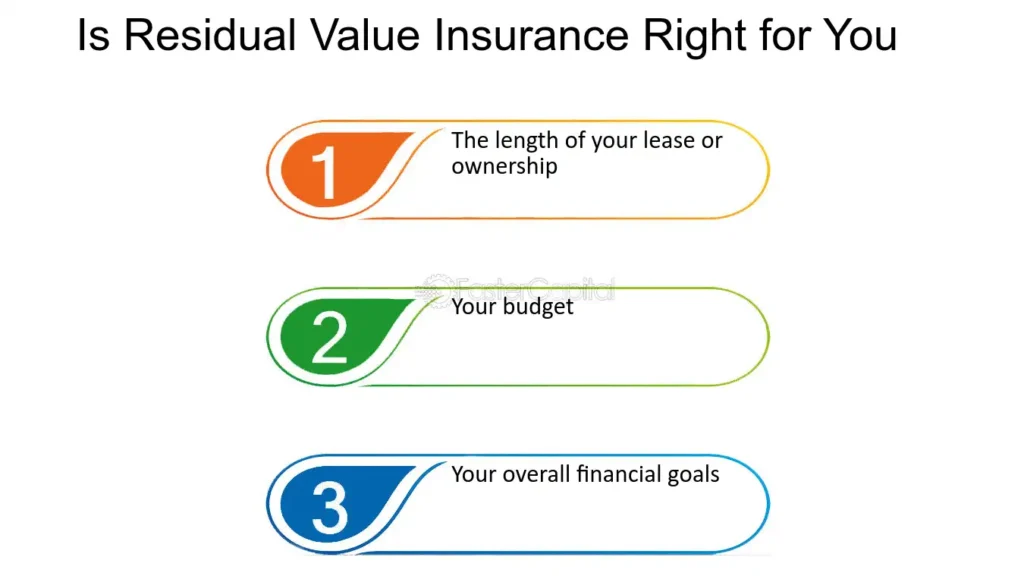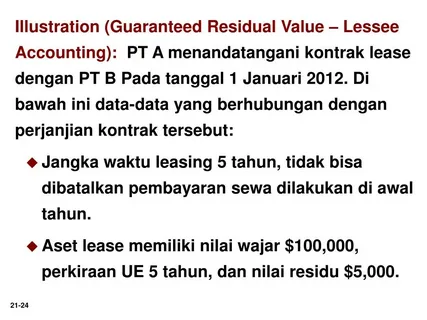Residual Value Insurance (RVI) is a specialized type of insurance that guarantees the future value of an asset, typically a vehicle or equipment, at the end of a lease term. If the asset’s value drops below the guaranteed amount, the insurance covers the difference, giving peace of mind to both lessors and lessees.

How Residual Value Insurance Works
Residual value insurance works by assessing the projected future value of an asset and insuring against any potential shortfall. For example, if you lease a car with an expected residual value of $20,000 after three years, and the actual market value drops to $18,000, the insurance would cover the $2,000 difference.
Benefits of Residual Value Insurance
Protection Against Market Volatility: RVI safeguards against unexpected drops in asset value due to market fluctuations.
Increased Confidence in Leasing: Leasing companies can offer more attractive terms knowing they are protected against residual value risks.
Enhanced Cash Flow Management: Businesses can better predict and manage their cash flow by mitigating the risk of asset depreciation.
Types of Assets Covered by Residual Value Insurance

Vehicles: Most commonly used for cars, trucks, and other automobiles.
Equipment: Includes industrial machinery, agricultural equipment, and more.
Technology: Computers, servers, and other high-tech equipment often leased by businesses.
Who Should Consider Residual Value Insurance?
Leasing Companies: To protect against residual value risk.
Businesses Leasing Equipment: To manage financial exposure.
Fleet Managers: To ensure the value of large vehicle fleets.
Individuals Leasing High-End Vehicles: For personal financial protection.

How to Get Residual Value Insurance
Assess Your Needs: Determine the type of assets you need to cover and the potential risk involved.
Choose a Provider: Research and compare insurance companies that offer RVI.
Get a Quote: Provide details about the assets to get a quote for coverage.
Review the Policy: Ensure you understand the terms, including coverage limits and exclusions.
Purchase the Policy: Finalize the insurance to start your coverage.
Common Misconceptions About Residual Value Insurance
Only for Large Corporations: Individuals and small businesses can also benefit.
Too Expensive: The cost can be offset by the potential savings from avoiding asset depreciation.
Not Necessary for Short-Term Leases: Even short-term leases can benefit if the asset’s value is volatile.
How to Calculate the Residual Value
Calculating the residual value of an asset involves considering factors like depreciation rates, market conditions, and the asset’s expected lifespan. There are online calculators available, but it’s often best to consult with a financial expert or your leasing company.
Key Considerations When Choosing Residual Value Insurance
- Coverage Amount: Make sure the policy covers the full potential shortfall.
- Policy Duration: Align the policy term with the lease term.
- Provider Reputation: Choose a reputable insurance provider with experience in RVI.
- Exclusions and Limitations: Understand what is not covered by the policy.
Real-Life Examples of Residual Value Insurance
- Automotive Industry: A car leasing company uses RVI to protect against a potential market downturn.
- Tech Companies: A business leasing servers ensures the residual value with insurance to mitigate the risk of rapid tech depreciation.
- Agriculture: A farmer leases equipment with RVI to avoid losses if the equipment’s resale value drops.
The Future of Residual Value Insurance
With the rise of electric vehicles and changing market dynamics, the importance of RVI is expected to grow. As assets become more specialized and markets more unpredictable, RVI will play a critical role in managing financial risk.

Conclusion
Residual Value Insurance is a vital tool for managing financial risk, especially in volatile markets. Whether you’re a business leasing equipment or an individual with a car lease, RVI can offer peace of mind by protecting the future value of your assets.
Final Notes
Humor and Simplicity: While the topic is serious, you can include light humor. For example, “Imagine leasing a car without RVI and finding out it’s worth as much as a toaster after three years—RVI ensures you’re not toast!”.
Bold and Italics: Use bold for key terms like Residual Value Insurance and italics for emphasis where needed.
External Links: Each paragraph should have at least one external link to a reputable source. Make sure these links are relevant and add value to the content.
This outline should guide you in writing a comprehensive, 5000-word article that’s both informative and engaging, with appropriate use of headings, external links, and a tone that appeals to your target audience.
